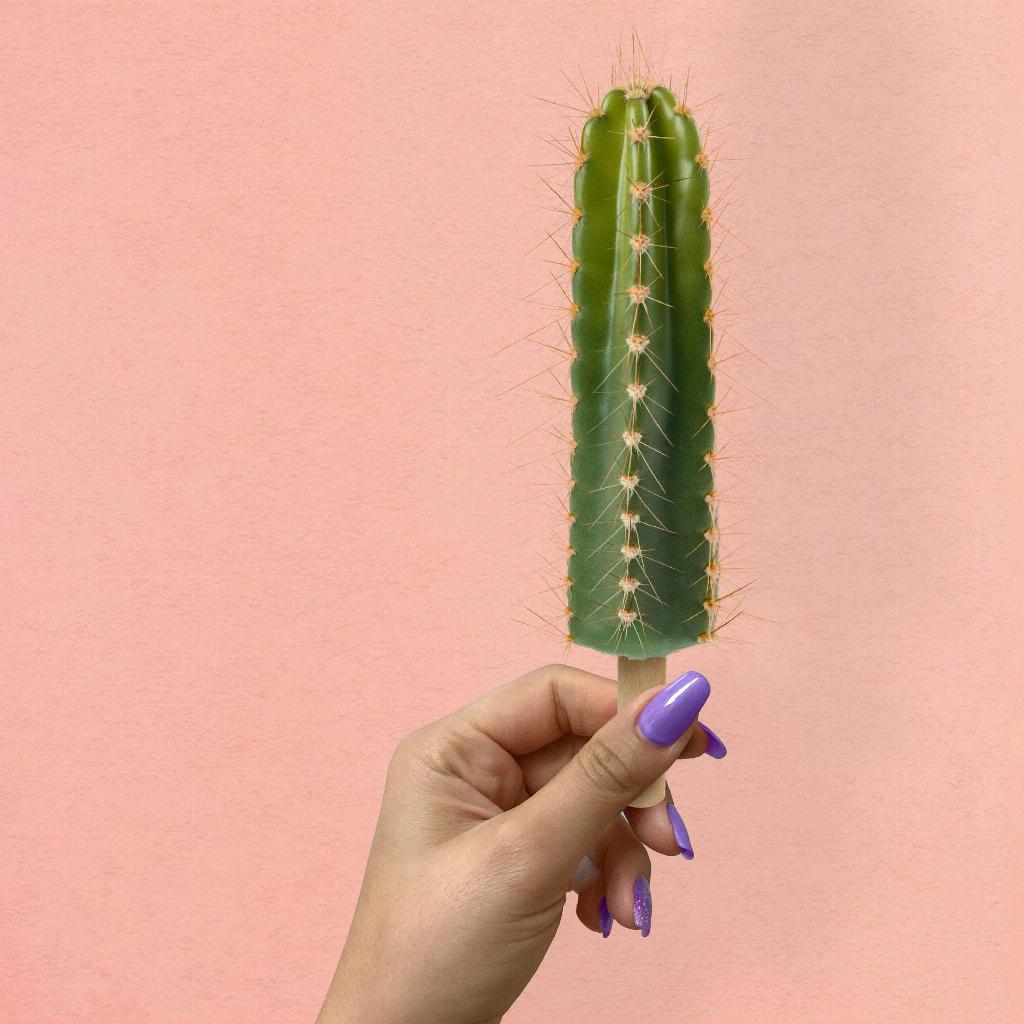White fungus on cactus can be a common issue that many plant owners face. It can be unsightly and harmful to the health of your beloved cactus. In this article, we will explore the symptoms, causes, and effective methods to treat and prevent white fungus on cactus, ensuring your plants thrive in a healthy environment.
Symptoms of White Fungus on Cactus
Recognizing the signs of white fungus on your cactus is crucial to addressing the issue promptly. Look out for yellow or white spots on the cactus, cotton-like growths, or wilting and discolored sections. These symptoms indicate the presence of white fungus that requires immediate attention.
Causes of White Fungus on Cactus
The development of white fungus on cactus is often attributed to overwatering, poor air circulation, and high humidity levels. These conditions create a favorable environment for fungus growth, leading to the appearance of white spots on your cactus.
Methods to Treat White Fungus on Cactus
When dealing with white fungus on your cactus, consider pruning affected areas, using a fungicide, adjusting watering practices, and improving air circulation around the plant. Scrubbing the affected areas with insecticidal soap or unscented dish soap can also help eradicate the white fungus.
Prevention of White Fungus on Cactus
To prevent white fungus from recurring on your cactus, ensure you practice proper watering techniques, provide adequate sunlight, and regularly inspect the plant for any signs of fungus. By maintaining a healthy growing environment, you can minimize the risk of white fungus affecting your cactus.
Conclusion
In conclusion, treating white fungus on cactus requires a proactive approach that involves identifying the symptoms, addressing the causes, and implementing effective treatment methods. By following the outlined steps and incorporating prevention strategies, you can safeguard your cactus against white fungus infestations and promote its overall health and vitality.

